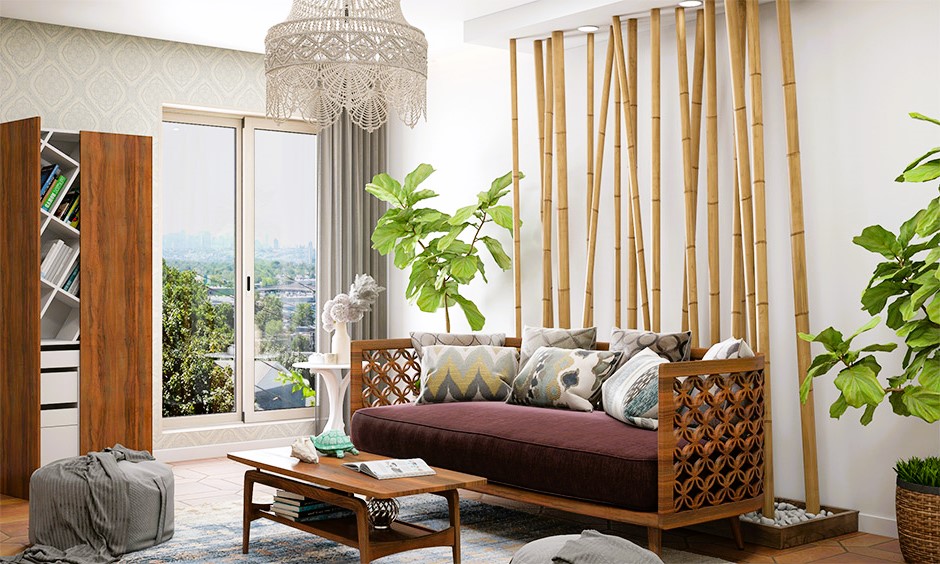In today’s world, where environmental consciousness and sustainability are at the forefront of our priorities, every aspect of home design plays a crucial role in minimizing our carbon footprint and reducing energy consumption. Windows, often overlooked as mere openings to the outdoors, are, in fact, pivotal in sustainable home design. They have the power to significantly influence a home’s energy efficiency, indoor comfort, and overall environmental impact. In this comprehensive guide, we will delve into the vital role of windows in sustainable home design, examining how innovative practices and technologies are reshaping the way we approach window design and installation with sustainability in mind.
Windows as the Interface Between In and Out
Windows serve a unique dual purpose in sustainable home design: they are both thermal interfaces and conduits for natural light. This dual role presents opportunities to harness the sun’s energy and optimize energy efficiency.
1. Energy Efficiency Through Glazing
Choosing the right glazing for windows is a cornerstone of sustainable window design. Energy-efficient windows often feature double or triple glazing, low-emissivity (low-E) coatings, and gas fills between the panes. These technologies effectively minimize heat transfer, reduce drafts, and enhance insulation, all of which contribute to decreased heating and cooling demands.
2. Passive Solar Heating

Strategic window placement and design can harness the sun’s energy for passive heating. South-facing windows, equipped with appropriate glazing, allow sunlight to enter during the winter, warming the interior naturally while reducing the need for additional heating. This approach not only enhances energy efficiency but also promotes a sustainable and comfortable living environment.
3. Daylighting for Energy Savings
Daylighting, the practice of using natural light to illuminate interior spaces, is a key aspect of sustainable window design. Thoughtful window placement and the inclusion of skylights can optimize natural daylight penetration. This not only reduces the need for artificial lighting but also enhances energy efficiency and the overall comfort of a home.
Sustainable Materials and Design
Sustainability in window design goes beyond energy performance and encompasses the materials used and the environmental impact of the entire life cycle of the windows.
1. Frame Materials
The choice of window frame materials is a critical consideration in sustainable design. Options such as wood frames from responsibly managed forests, recycled aluminum frames, and PVC-free composite frames are eco-friendly choices. Opting for frames with low embodied energy and long lifespans is a sustainable practice.
2. Recyclability and End-of-Life Considerations
Sustainable window design also involves planning for the recyclability and disposal of window components at the end of their life cycle. Manufacturers are increasingly focusing on designing windows with materials that can be recycled or repurposed, thereby reducing landfill waste. We described the advantages of panoramic windows in our article.
Innovative Sustainable Window Technologies

Advancements in sustainable window technologies continue to shape the industry, offering improved performance and environmental benefits.
1. Smart Glass
Smart glass, also known as switchable glass, can change its properties in response to environmental conditions. It can switch between clear and tinted states to control glare, heat gain, and privacy. This technology reduces the need for blinds or curtains, optimizing natural light and energy efficiency.
2. Electrochromic Windows
Electrochromic windows are another innovation in sustainable window design. They can change their tint in response to electrical voltage, allowing occupants to adjust the level of daylight and heat gain. This dynamic control promotes energy savings and comfort.
Conclusion
Windows are not just passive elements in home design; they are dynamic components that can significantly impact a home’s sustainability. Sustainable window design encompasses energy efficiency, material choices, and innovative technologies that reduce energy consumption, enhance comfort, and minimize environmental impacts. As the world continues to prioritize sustainability in architecture and construction, windows will play an increasingly vital role in creating homes that are not only aesthetically pleasing but also environmentally responsible.
For more information on sustainable home design and energy-efficient windows, visit on Wikipedia. When planning your sustainable home, consider consulting architects and window experts who are well-versed in sustainable design principles to ensure that your windows are optimized for efficiency and eco-friendliness.




